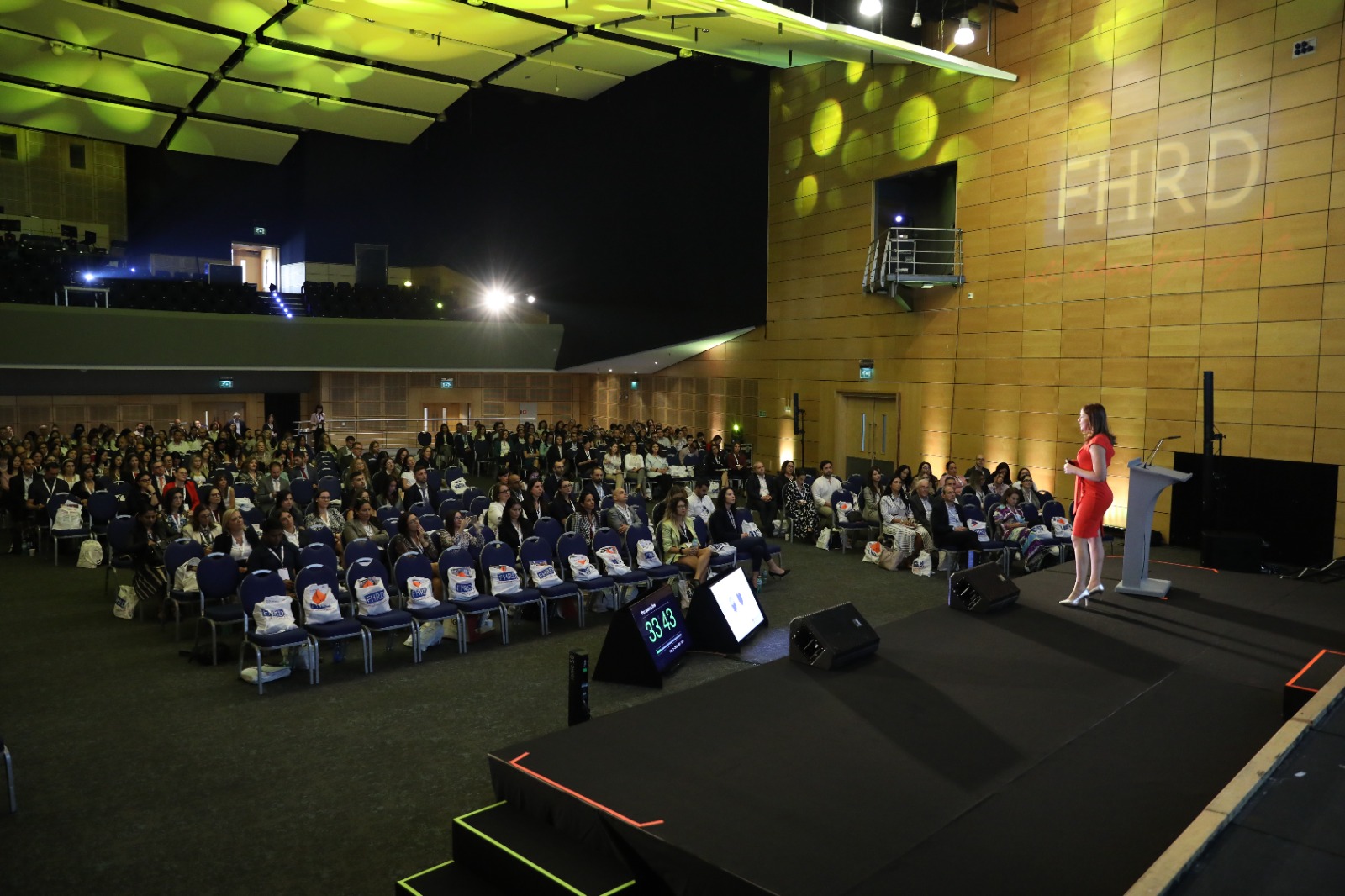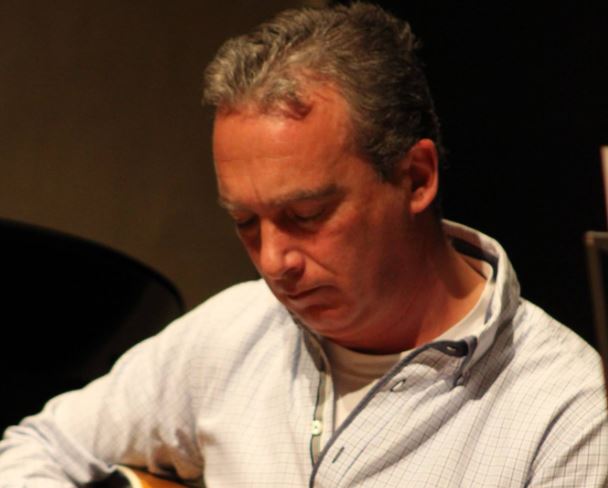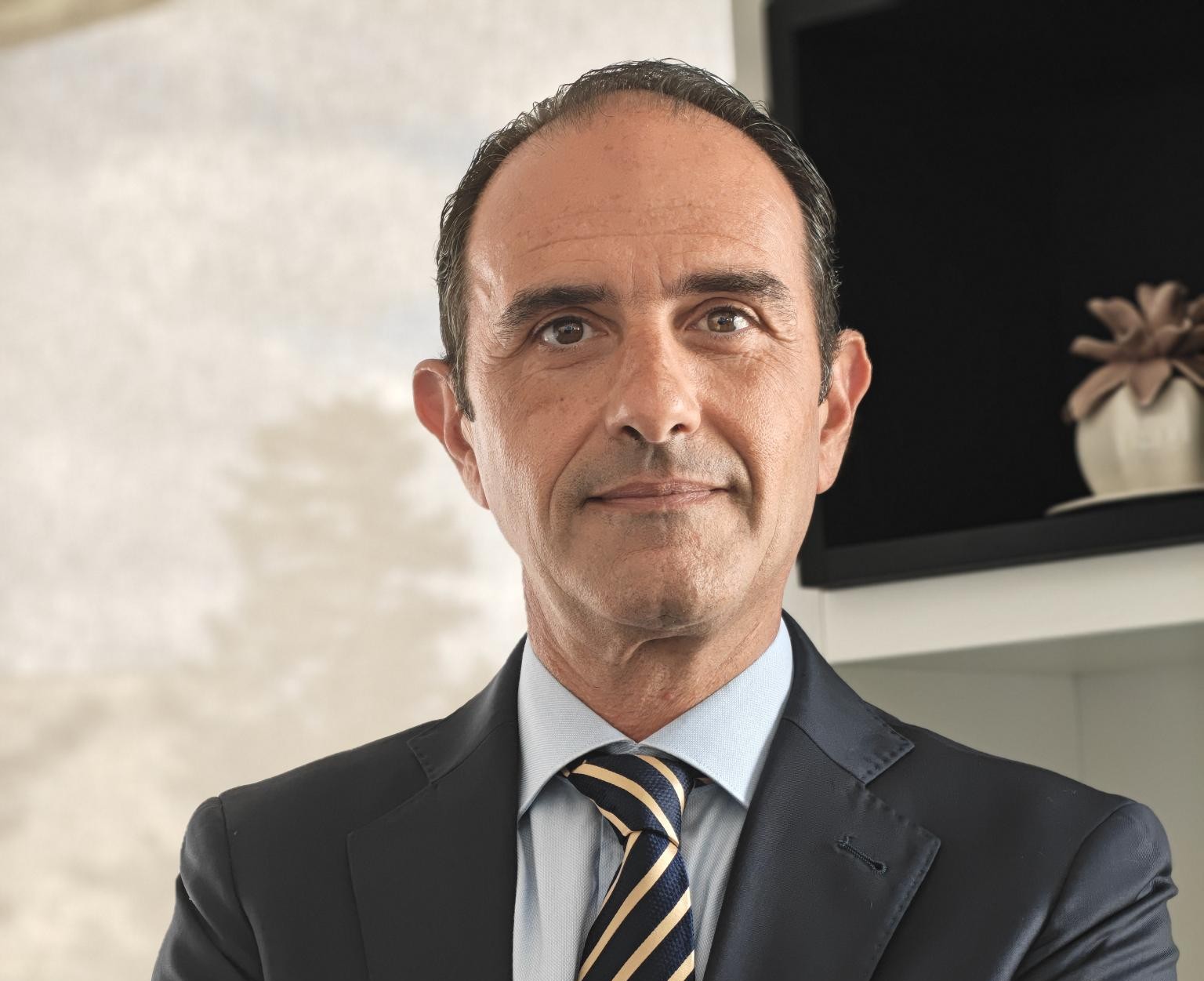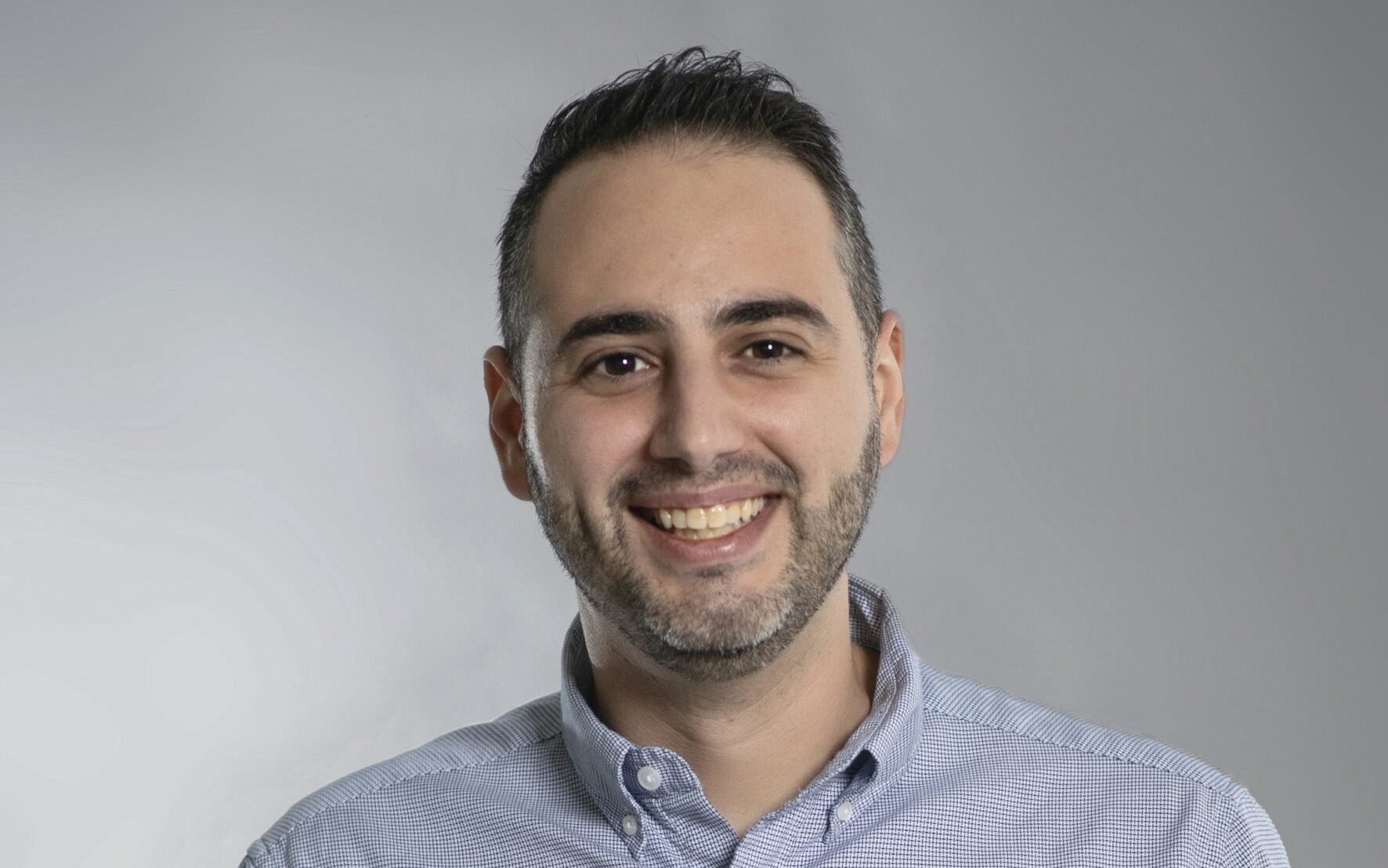A few days ago, I had the opportunity to speak at a national conference that welcomed over 500 delegates. When, a couple of weeks ahead of the conference, I touched base with the organiser, she shared with me the news about the solid number of registrations – I immediately felt agitated, as sizeable numbers of people tend to overwhelm me.
Now because I am public speaking coach and professionals seek my guidance on how to build confidence in their speaking delivery, some people think that I am immune to speaking nerves – well, it turns out that just like most other humans, when I have a high stakes presentation, I get excited too.
So, this time round, it was my turn to apply some of the best practices that I share in my public speaking training and coaching. Here are three of my favourite techniques that really work for me.
- Cognitive Reframing – reframe anxiety into a sign of care
Firstly, I intentionally name the jitters I feel in my stomach as ‘excitement’ as opposed to ‘nervousness’. I tell myself that the anticipation that I feel – and this time round it started several days ahead – is a sign that I care for my audience. This excitement is enabling me to get ready for the big day.
As I work on preparing for my presentation, I keep in mind that I will strive for excellence as opposed to perfection. I tell myself that if something goes wrong, I will still carry on, and that I will simply be myself as that is what the audience appreciates.
On the day, I make sure that I arrive ahead of time in order to have enough time to mingle with the audience during the coffee break. At the recent conference, delegates were asking me how I was feeling about my upcoming presentation, and I jokingly told them that inside me I had this beautiful garden full of butterflies – somehow putting some humour into it eases the tightness.
On the day, I also remind myself that the excitement that I feel produces adrenaline, which helps me think faster, enables me to remember the work that I have prepared and be able to walk on stage with energy and enthusiasm for my speech. If I do not feel excited, it’s a sign that something is wrong and that possibly, I am disassociated from this activity. So, as my heart starts pounding, I acknowledge that I am connected to the moment, that my heart is really in it and that I am truly committed to this presentation delivery, which is a kind of mind-set reset.
- Positive Visualisation
Positive visualisation enables us to reshape our perceptions of reality by intentionally choosing to be optimistic in our imaginative thinking. This is, for me, a truly powerful technique. Sports professionals apply this practise as they prepare for the mental part of the game. Days ahead of the presentation, I repeatedly apply this technique by visualising myself successfully giving a smooth performance. I picture myself in great detail, in the clothes that I will wear, in the place that I will be, alongside the people who will be there. I picture myself walking on stage feeling confident, at ease and delivering my presentation incredibly well. I notice the audience looking at me attentively, interested in knowing more.I visualise myself speaking in great flow, with vocal clarity and in a dynamic voice. I play this video in my mind over and over again, so that so that my actual presentation will be an encore.
- Engage with the audience
For me, audience involvement is key. I love engaging with people, and whilst big numbers can make me feel overwhelmed, simultaneously nothing beats that feeling of being altogether in the same auditorium. I know that turning the presentation from a monologue to a dialogue enables me to feel more connected with the audience, which in turn enables the audience to warm up to me. I intentionally ask a number of questions to my audience, so that it feels like I am having a conversation with them. Even though the questions that I ask during a conference are typically rhetorical in style, and therefore I would not be expecting a verbalised answer, the questions still get people’s minds aligned with my thoughts and in that way, we become more in sync.
In the recent conference, I asked the audience to follow my questions as they carry out a self-assessment exercise. I also seek to inject some light humour along the way, amalgamated with some interesting storytelling too, which I know people always enjoy.
The next time it is your turn to stand up and speak and you feel your heart pounding, seek to embody the notion of greeting your anxiety as the excitement that you need. Keep in mind the mantra that your heart is in this because you care about the audience you’re standing in front of. Reframe your excitement as a sign of presence, and enjoy this exhilarating moment!
Michelle Fenech Seguna is the Founder and Director of Speak to Move, offering professional training programmes which enable participants to communicate confidently and present powerfully in business and social situations. Michelle is based in Malta, where she offers executive coaching and corporate group training. To know more about Speak to Move services you can reach Michelle Fenech Seguna on michelle@speaktomove.com.mt or access www.speaktomove.com.mt for more information.
Give back to the community: 5 ways business leaders can use their influence to be more philanthropic
Given social media’s rise in recent years, business leaders’ roles as instigators for social change have never been greater.
3 strategies to help your team manage stress and stay productive
As a leader, you play a crucial role in creating a workplace culture that prioritises both productivity and employee well-being.
5 key self-development tips every business leader needs to take note of
Self-development can come in the form of better leadership skills, growing a wider network of contacts, and also an improved ...
Give new life to your plans: 5 tips for business leaders to turn strategy into execution
Business leaders have to strike a balance between the resources they have available and the urgency of a particular task.









